Frozen Food Packaging Innovations Showcased at 2025 China 138th Canton Fair
The 2025 China 138th Canton Fair has become a pivotal platform for showcasing innovations in Frozen Food Packaging, reflecting the industry's rapid evolution and increasing consumer demand for convenience and quality. According to recent market studies, the global frozen food packaging market is projected to reach USD 41.2 billion by 2025, driven by the growing popularity of frozen meals and advancements in packaging technology. Innovations such as vacuum sealing, modified atmosphere packaging, and eco-friendly materials are transforming how frozen products are stored and transported, ensuring extended shelf life and minimal waste. Furthermore, as the trend towards sustainability accelerates, companies are increasingly prioritizing recyclable and biodegradable packaging solutions to align with consumer preferences. This year's Canton Fair presents a unique opportunity for industry stakeholders to explore these advancements, enhance their product offerings, and address the pressing challenges in frozen food distribution.
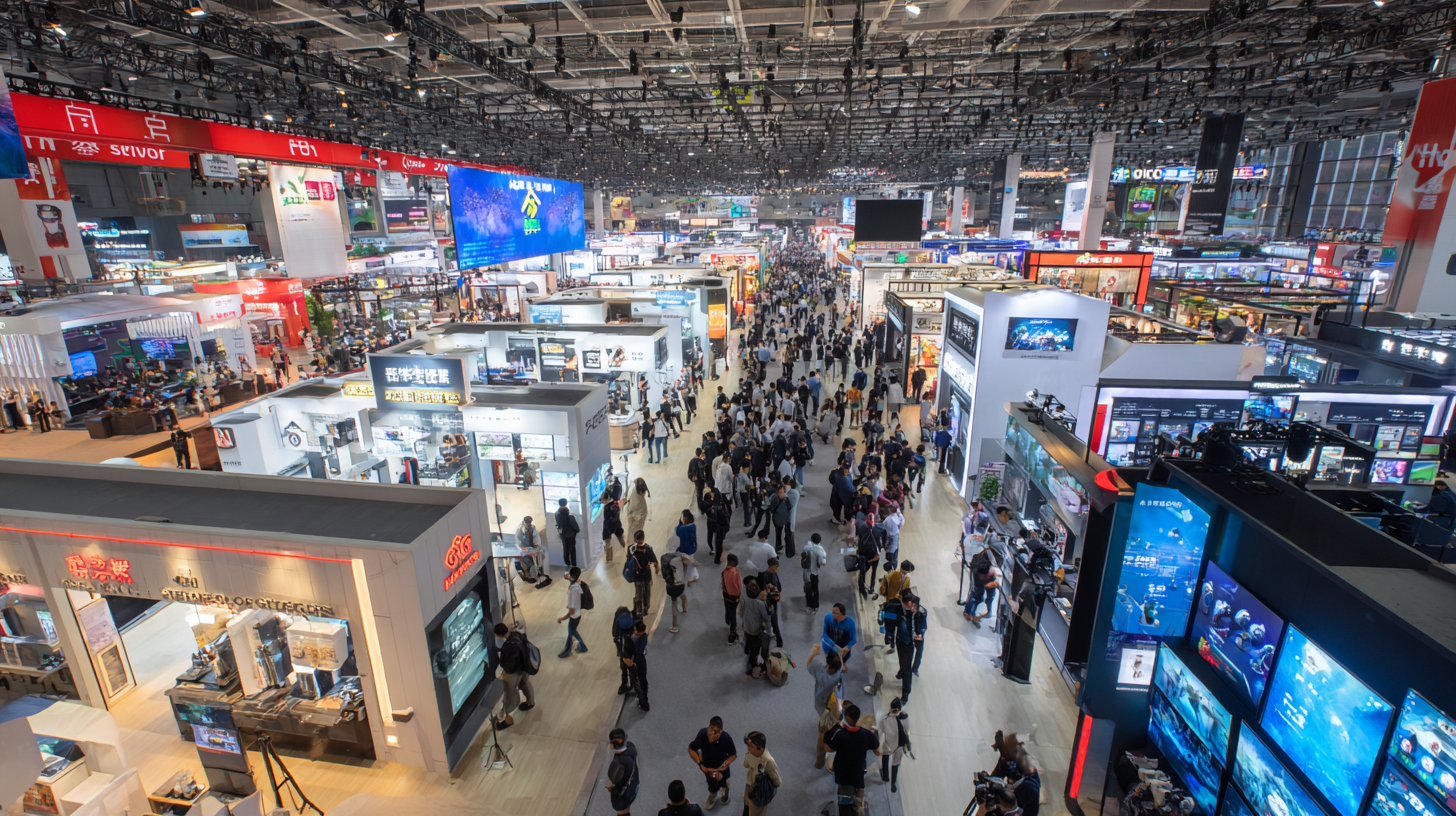
Innovative Packaging Solutions Revolutionizing the Frozen Food Sector at Canton Fair 2025
The 2025 China 138th Canton Fair is set to be a landmark event showcasing innovative packaging solutions that are revolutionizing the frozen food sector. As the demand for frozen food continues to rise, packaging technologies are evolving to meet consumer expectations for convenience, sustainability, and food safety. This year's fair will highlight cutting-edge materials and designs that enhance product shelf life while minimizing waste, catering to both manufacturers and consumers who prioritize eco-friendly options.
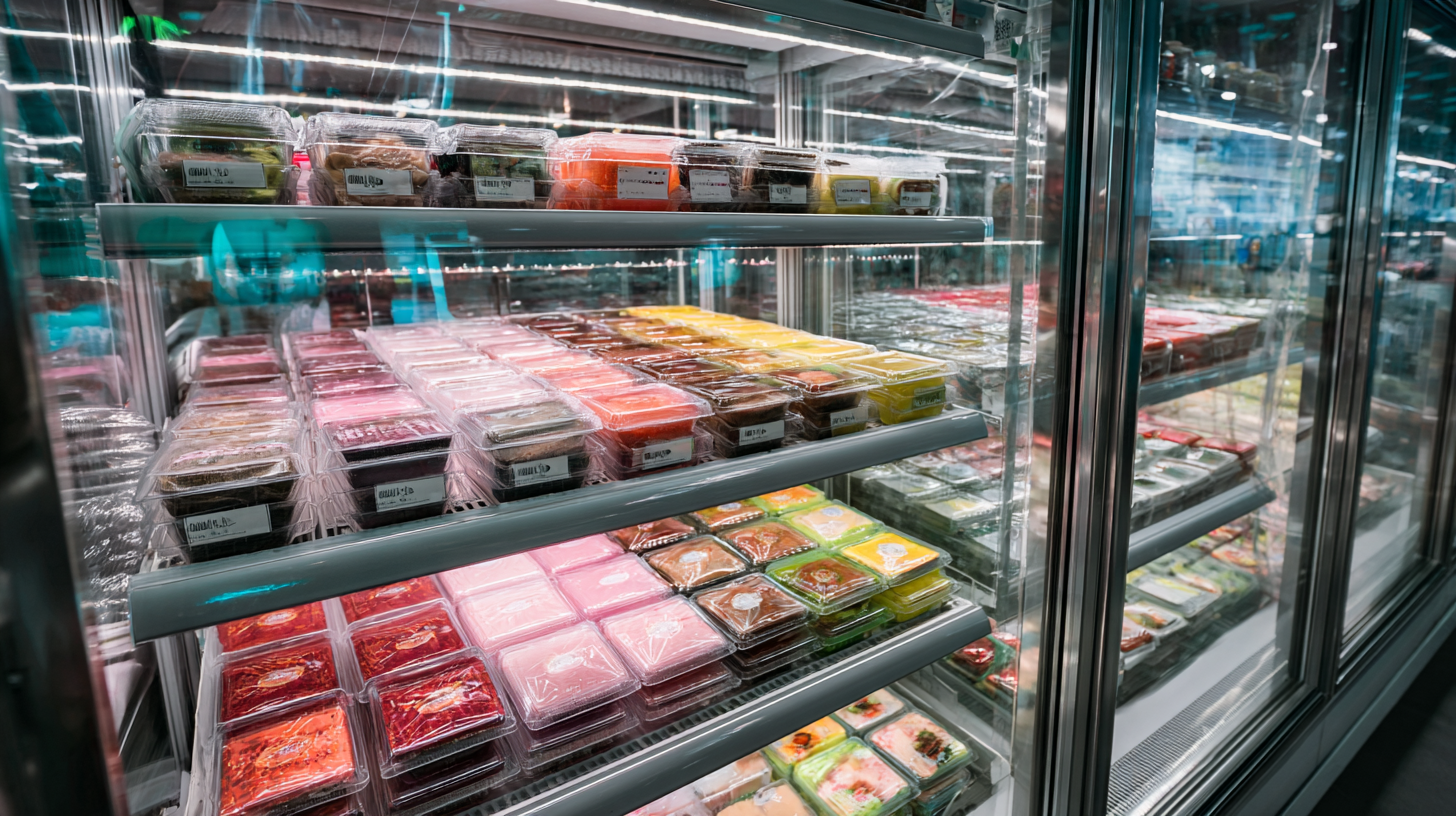
Participating companies will present advancements such as smart packaging that monitors freshness and optimizes storage conditions, as well as biodegradable materials that reduce environmental impact. The Canton Fair will offer a unique platform for industry players to forge partnerships, exchange ideas, and explore new market trends. As global interest in frozen food continues to expand, the innovative solutions displayed at this event are poised to influence the sector significantly, making it an unmissable opportunity for those seeking to stay ahead in the competitive landscape of frozen food packaging.
Key Trends in Sustainable Materials for Frozen Food Packaging Revealed at Canton Fair
The 2025 China 138th Canton Fair is set to highlight groundbreaking innovations in frozen food packaging, with a particular focus on sustainable materials. Recent industry reports indicate that the demand for sustainable packaging solutions is rapidly increasing, with a projected growth rate of 12.5% annually until 2028. This surge is driven by consumer awareness and regulatory pressures, pushing manufacturers to seek eco-friendly alternatives that minimize environmental impact. At the Canton Fair, companies are expected to showcase biodegradable films and recyclable materials specifically tailored for frozen food products, aligning with the global push towards a circular economy.
One key trend emerging from the fair is the integration of advanced technologies in packaging design. According to a recent market analysis, smart packaging solutions that enhance product freshness and safety are gaining traction, with an estimated market value reaching $30 billion by 2026. Innovations such as QR codes integrated into packaging enable consumers to access detailed product information and traceability, catering to the growing demand for transparency in the food supply chain. This combination of sustainability and technology in frozen food packaging not only meets consumer expectations but also positions manufacturers to lead in a competitive marketplace.
Frozen Food Packaging Innovations - Key Trends in Sustainable Materials
| Dimension | Description | Material Type | Sustainability Rating | Innovation Highlight |
|---|---|---|---|---|
| Recyclability | Packaging designed to be widely recyclable | PP (Polypropylene) | High | 100% recyclable labels and containers |
| Biodegradability | Materials that break down naturally in the environment | PLA (Polylactic Acid) | Moderate | Compostable packaging options |
| Reduced Carbon Footprint | Materials sourced with a lower environmental impact | Recycled PET | High | Use of post-consumer waste in production |
| Smart Packaging | Incorporation of technology to enhance usability | QR Code Integrated Materials | N/A | Real-time freshness indicators |
Impact of Smart Packaging Technologies on Supply Chain Efficiency in Frozen Foods
The 2025 China 138th Canton Fair has become a focal point for showcasing the latest innovations in frozen food packaging, particularly highlighting the vital role of smart packaging technologies. As the frozen food market continues to expand, projected to reach $292 billion by 2025 according to a report by ResearchAndMarkets, enhanced supply chain efficiency has emerged as a critical necessity. Smart packaging solutions, such as QR codes and temperature tracking sensors, enable real-time monitoring and inventory management, significantly reducing waste and spoilage.
Implementing smart packaging not only optimizes supply chain efficiency but also improves consumer experience and safety. According to a study by Mordor Intelligence, the global smart packaging market is expected to grow at a CAGR of 7.4% through 2026, indicating a robust demand for innovative packaging solutions. Companies adopting these technologies can track product conditions throughout the distribution process, ensuring that consumers receive high-quality and safe food products.
Tips for implementing smart packaging solutions include investing in IoT technologies that enhance real-time data tracking and developing user-friendly applications that allow consumers to access product information easily. Additionally, collaboration with supply chain partners to standardize smart packaging practices can streamline operations and bolster the overall efficiency of the frozen food supply chain. Embracing these innovations not only helps companies stay competitive but also meets rising consumer expectations for transparency and quality.
Impact of Smart Packaging Technologies on Supply Chain Efficiency in Frozen Foods
Market Growth Projections for Frozen Food Packaging: Insights from Recent Industry Reports
The frozen food packaging industry is poised for significant growth in the coming years, driven by increasing consumer demand for convenience and quality. According to a recent report by Fortune Business Insights, the global frozen food packaging market is projected to reach USD 42 billion by 2027, growing at a CAGR of 5.2% from 2020. This expansion correlates with a rise in frozen food consumption, attributed to busy lifestyles and a preference for long shelf-life products.
Moreover, sustainability is becoming a paramount focus in the frozen food packaging sector. Research by Smithers indicates that by 2025, around 30% of frozen food packaging will be made from recyclable materials, responding to the growing environmental consciousness among consumers. Innovations in materials, such as biodegradable films and smart packaging technologies, are also expected to enhance functionality while reducing ecological footprints. These trends highlight the industry's commitment to evolving alongside consumer expectations and environmental challenges, making the 2025 Canton Fair an essential platform for showcasing such innovations.
The Role of Consumer Preferences in Shaping Frozen Food Packaging Innovations in 2025
As the 2025 China 138th Canton Fair unveils the latest innovations in frozen food packaging, it's clear that consumer preferences are a pivotal factor driving these advancements. According to a recent report by Research and Markets, the global frozen food packaging market is projected to grow at a CAGR of 4.8% from 2023 to 2028, highlighting a significant shift towards sustainable and user-friendly designs. Consumers increasingly prioritize convenience, sustainability, and transparency, influencing brands to adopt biodegradable materials and smart packaging technologies that enhance usability.
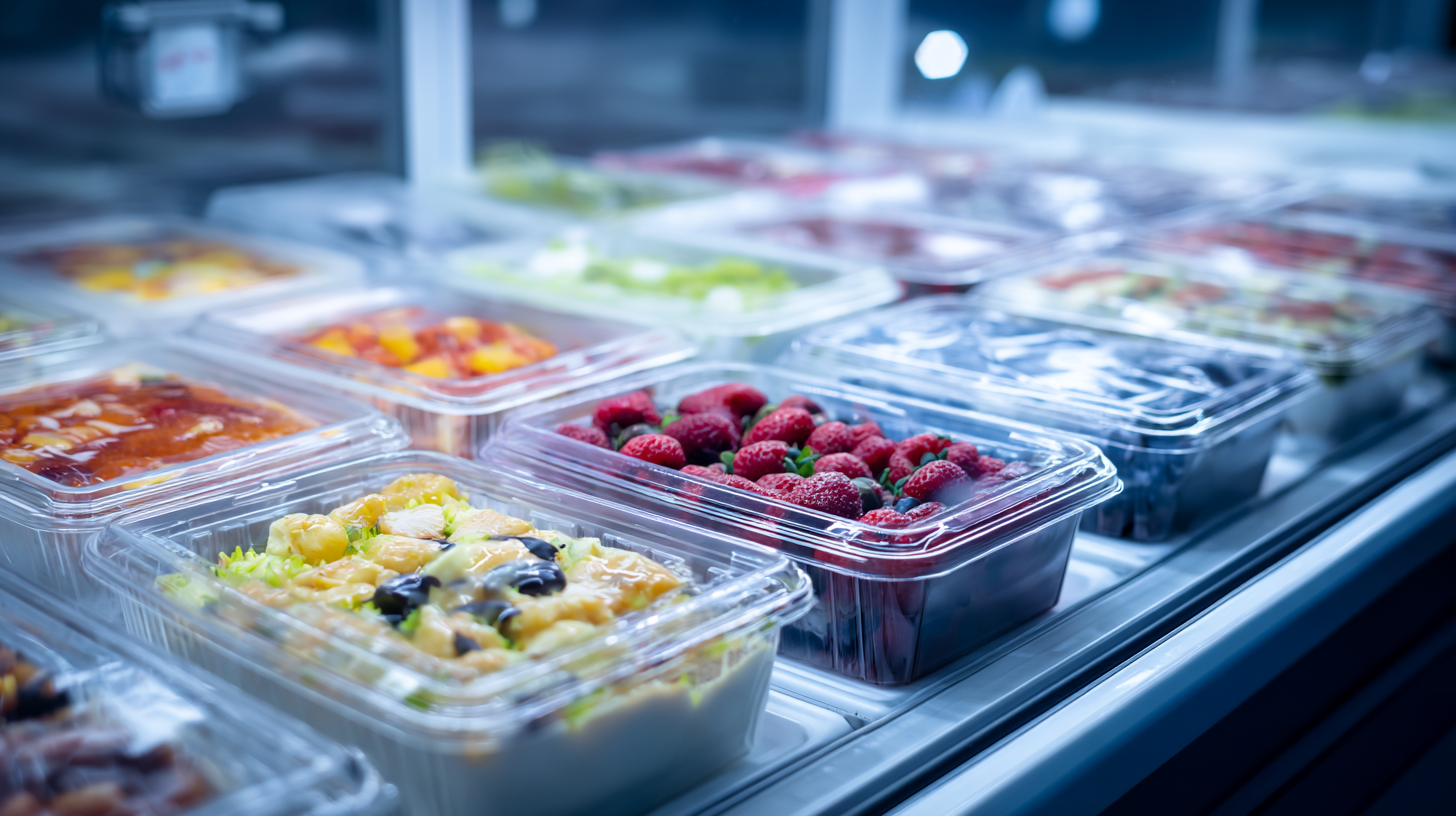
Tips: To align your product with consumer trends, consider employing recyclable or compostable packaging options. Highlighting the environmental benefits on your packaging can attract eco-conscious buyers. Additionally, incorporating clear labeling that details the product's freshness and sourcing can enhance transparency and build consumer trust.
The rise of e-commerce in the frozen food sector further emphasizes the necessity for innovative packaging solutions. A study by Technavio indicates that online sales of frozen food are growing rapidly, with an expected increase of over 25% by 2027. This shift underscores the demand for durable packaging that maintains product integrity during shipping. Brands that adapt to these dynamics will likely find themselves leading the market, resonating with the preferences of today's informed consumers.
Tips: Invest in packaging that can withstand temperature fluctuations during transport. Explore options like vacuum sealing to improve shelf life and freshness, which can further entice buyers looking for quality in their frozen food purchases.
Related Posts
-
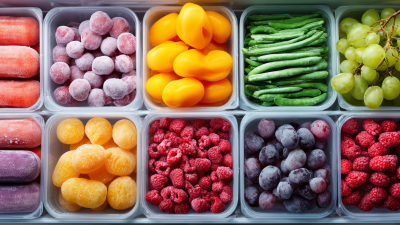
7 Essential Tips for Optimal Frozen Food Packaging Solutions
-
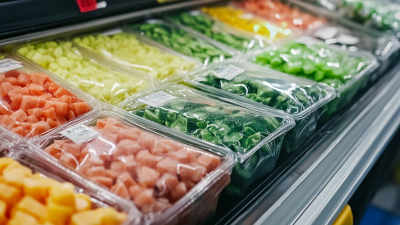
Top 10 Manufacturers of Frozen Food Bags in China at the 137th Canton Fair
-
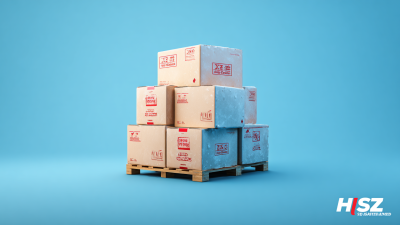
Top Strategies for Selecting the Most Efficient Frozen Food Shipping Solutions
-

Solutions for Streamlined Frozen Food Shipping Boxes: Boosting Efficiency and Freshness
-
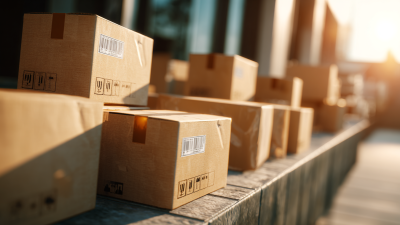
How to Choose the Best Frozen Food Shipping Boxes for Your Business Needs
-
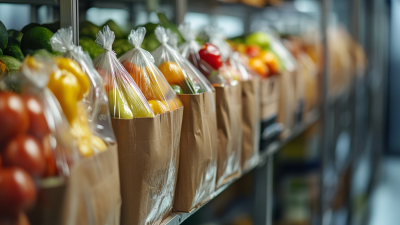
7 Essential Insights for Sourcing Food Packaging Bags Globally

 中国
中国